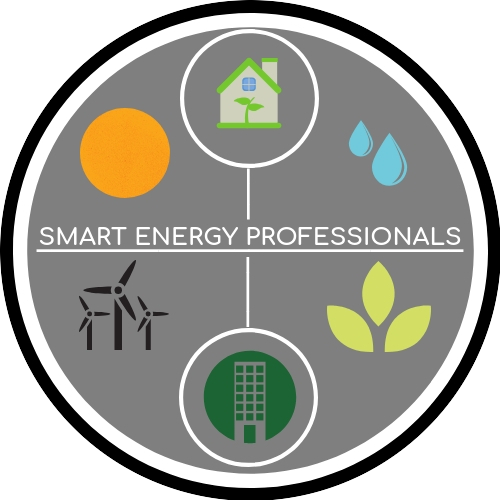What’s Air Leakage?
More Importantly- Why is it important to you??
Air leakage refers to the unintended movement of air into or out of a building or a system. It occurs when there are gaps, cracks, or openings in the building envelope or any component that is designed to separate the indoor and outdoor environments. This process will ultimately result in the problems listed below.
In the context of buildings, air leakage can occur through various pathways, such as windows, doors, walls, roofs, floors, and even through electrical outlets and utility penetrations. These openings can be the result of poor construction, aging materials, improper installation, or lack of maintenance.
Check out this video on how we airseal!
Air leakage can have several consequences:
Energy loss: When outdoor air enters or conditioned indoor air escapes, it can lead to increased energy consumption for heating or cooling the building. This results in higher utility bills and reduced energy efficiency.
Comfort issues: Air leakage can cause drafts, temperature imbalances, and discomfort for occupants. Cold air drafts in winter and hot air infiltration in summer can make indoor spaces less comfortable.
Moisture problems: Uncontrolled air movement can carry moisture into the building, leading to condensation, mold growth, and potential damage to building materials.
Indoor air quality concerns: Air leakage can introduce outdoor pollutants, allergens, and contaminants into the building, compromising indoor air quality and potentially affecting the health and well-being of occupants.
How can you find Air Leaks?
Finding air leaks in a building typically involves a combination of visual inspection and diagnostic tests. Here are some common methods used to detect air leaks:
Visual inspection: Conduct a thorough visual examination of the building envelope, including windows, doors, walls, ceilings, floors, and utility penetrations. Look for visible cracks, gaps, or openings where air could potentially enter or escape. Pay attention to areas where different building materials meet or where seals may have deteriorated.
Physical inspection: Use your hand to feel for drafts or air movement around windows, doors, electrical outlets, and other potential air leakage points. Move your hand slowly along surfaces and edges to detect subtle airflows. You can also use a smoke pencil or an incense stick to observe changes in smoke direction caused by air movement.
Infrared thermography: This method involves using an infrared camera to detect temperature differences on the building surfaces. Air leaks can cause temperature variations, and an infrared camera can help identify these temperature anomalies, indicating potential air leakage points. This one is huge and is used during the energy audit.
Blower door test: A blower door test is a diagnostic procedure where a powerful fan is mounted in an exterior doorway, and the building is depressurized or pressurized. By measuring the airflow through the fan and monitoring pressure differences, the test identifies and quantifies the amount of air leakage in the building. During the test, smoke pencils or infrared cameras can be used to pinpoint specific leak locations.
Thermal imaging: Infrared (thermal) imaging cameras can be used to scan the building envelope to identify temperature variations associated with air leaks. These cameras detect the infrared radiation emitted by objects and surfaces, allowing for the visualization of temperature differences that may indicate air leakage.
Smoke tests: I love this version, it’s very easy to complete and anyone can find leaks during a windy day by roaming the house with a smoke pen!
Pressurization tests: By using a blower door or a duct blaster, the building can be pressurized or depressurized to simulate outdoor conditions. With the building at a specific pressure, technicians can use smoke pencils or other methods to locate air leaks based on the direction and intensity of airflow.
Most of the methods of finding leaks require professional equipment. At Smart Energy Pros, we have the equipment and we also have the know-how on what to look for, schedule an energy audit today, or contact us if you have questions about if you might have air leaks!

